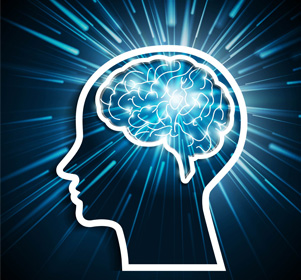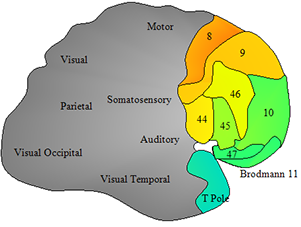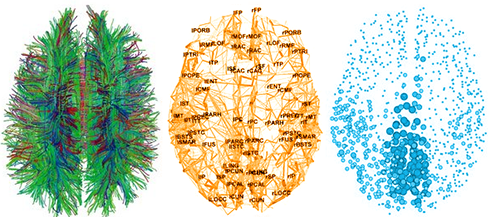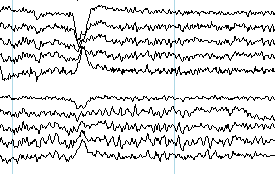What is Brain Mapping?

Brain Mapping, also called neuroimaging or quantitative electroencephalography (qEEG), provides information about how well your brain is functioning. Other imaging techniques, such as MRI, reveal information about brain structure only, but brain mapping reveals information about brain connectivity and communication, providing information about your brain’s specific strengths and weaknesses.
What Are the Benefits of Brain Mapping?
Brain mapping identifies the source of psychological issues, not just the symptoms. Mental health problems such as depression, anxiety, or hyperactivity are caused by numerous sources, involving different brain networks. Knowing the source of a problem allows targeted treatments and directs other clinical applications.
How Comprehensive is Brain Mapping?
Brain mapping evaluates the connections between and within brain networks, focusing on those most responsible for our behavior. We identify healthy networks from unhealthy one -- those that are overactive, underactive, or unstable, sharing too little or too much information with other regions of the brain. We compare brainwave activity and communication across 55 brain areas and 7 cortical networks. We determine to what degree your limbic system, an older and less evolved system, is contributing to your brain activities and lessening their ability.
We examine brain areas critical to:
- Speed of Consciousness. We assess the richness in which you experience the world by identifying how fast and how often your brain receives information from the environment and its efficiency in transferring it to your awareness.
- Achievement. We evaluate your brain’s ability to sustain attention, its efficiency in sequencing and planning tasks, and its coordination in reasoning, decision making, and language.
- Social Intelligence. We evaluate how adept your brain performs in social situations, your brain’s proficiency in registering the emotional and social cues of others, its flexibility in adjusting to new social situations, and the resilience of the network that helps you respond to difficult emotions.
- Maintaining a sense of well-being. We evaluate the integration of your major brain networks, including your “default-mode network” – a network that manages your ability to reflect upon yourself and discern emotions related to the self and the world.

How Does Brain Mapping Evaluate My Brain?

We evaluate the maturity of each brain area including the all-important executive system in the frontal lobes involved in decision-making, impulse control, and judgment. We evaluate the presence of neuromarkers for multiple abilities including attention, memory, planning, language ability, spatial processing, and attachment. We examine proprietary as well as traditional EEG parameters and our resolution of dominant frequency analysis is unsurpassed in the field.
Corticolimbic Integration. We evaluate whether your limbic system is integrated with the advanced neocortex or dominating a specific brain area or network.
Brain Organization. We evaluate how well your brain transfers information across major regions. We identify decortication, the degree to which brain areas are underactive or “sleeping” and not contributing to your conscious awareness. We also identify overactive brain areas -- areas that are burdened with too great a role in one’s consciousness and produce a skewed focus of the world.

Sensory Sampling Rate. We determine how often you monitor the world through your senses and raise this information to conscious awareness. Most individuals monitor the world ten times second, every 100 milliseconds the world is sampled again. However, a minority of people draw information from the environment faster, but this places a greater load on the brain to organize the increased information and produces more stress. Compatibility between people appears to be influenced by partner’s possessing similar sensory sampling rates.
How much time is involved? 2-3 hours spread over two office visits.

